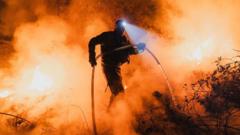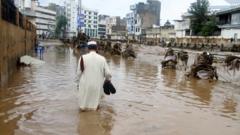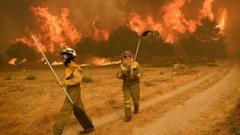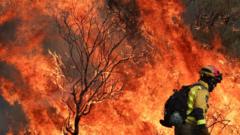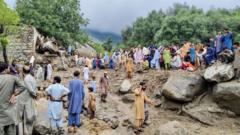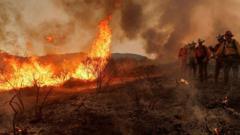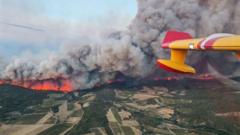As the population of snow leopards declines due to human-wildlife conflict, a new initiative by WWF and Lahore University of Management Sciences is testing AI technology to send alerts to villagers when snow leopards are detected nearby, with hopes of preserving these majestic creatures.
AI Innovation Aims to Protect Snow Leopards Amid Extinction Threat
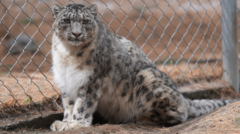
AI Innovation Aims to Protect Snow Leopards Amid Extinction Threat
A groundbreaking project using AI-powered cameras seeks to safeguard snow leopards in Gilgit-Baltistan, Pakistan, by alerting villagers about their presence to prevent retaliatory killings.
In the rugged mountains of Gilgit-Baltistan, Pakistan, a collaboration between the World Wide Fund for Nature (WWF) and Lahore University of Management Sciences (LUMS) aims to mitigate the dangers faced by snow leopards, whose numbers have plummeted to an estimated 4,000 to 6,000 worldwide. The initiative utilizes artificial intelligence (AI) and advanced camera technology to detect the presence of these elusive big cats and send text alerts to local farmers, prompting them to move their livestock to safety.
The snow leopard, known for its stealth and beauty, is classified as vulnerable due to habitat loss and human-wildlife conflict, with an estimated 221 to 450 leopards killed each year mostly in retaliation for attacks on livestock. The ongoing struggle between conservation efforts and local farmers is highlighted by cases like Lovely, a rescued snow leopard who cannot survive in the wild due to her upbringing, showcasing a complex relationship between humans and wildlife.
The AI cameras have been positioned at high altitudes, powered by solar panels to endure harsh weather conditions. Conservationist Asif Iqbal explained that after significant trial and error in setting up the technology, the AI model, which distinguishes between different species, has shown promising results. Despite challenges such as local skepticism, privacy concerns, and technical difficulties with equipment, WWF's commitment to community engagement remains strong.
As the project gains traction, attitudes among villagers are slowly shifting, with some beginning to appreciate the ecological role of snow leopards in controlling herbivore populations. However, apprehension persists, especially for farmers like Sitara, whose livestock fell victim to a snow leopard, causing great distress and economic loss.
In addition to the AI cameras, WWF plans to explore further deterrent methods, like using sounds and smells to keep snow leopards away from human settlements. The battle to protect snow leopards continues as conservationists adapt their strategies in response to both environmental and social factors, ensuring that these "ghosts of the mountains" do not fade into extinction without a fight.

